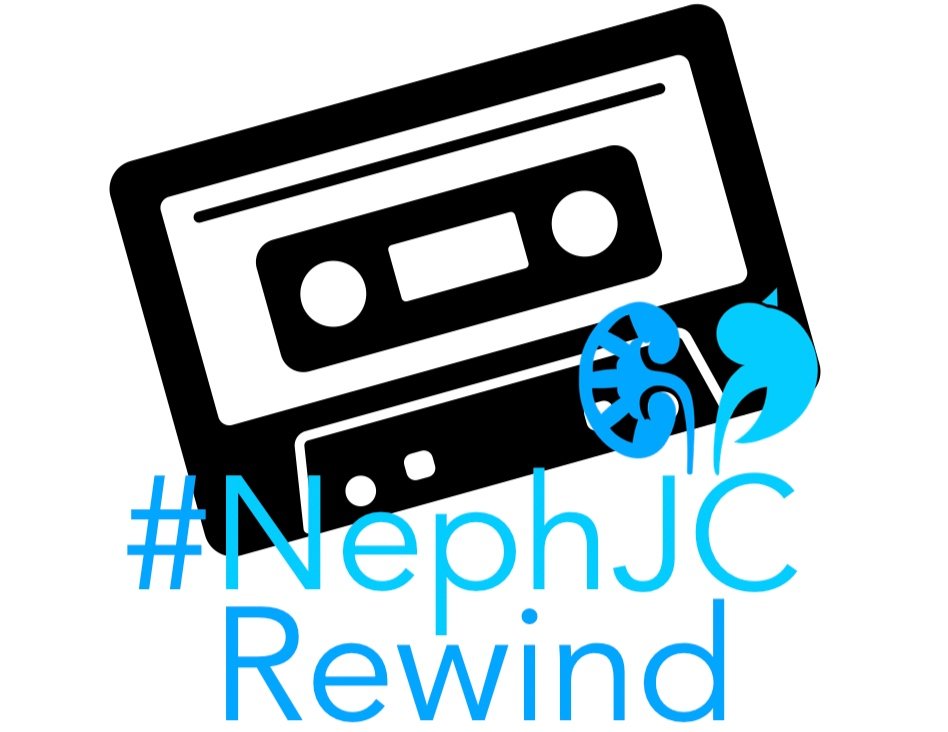PATHWAY-2 is a landmark hypertension trial that empirically determined what is the best fourth line agent for the treatment of resistant hypertension.
PATHWAY-2 was invoked by Jordy Cohen during the Freely Filtered KidneyWk Draft while discussing the relative merits of spironolactone versus finerenone.
And NephJC was there in 2014 to cover this manusccript. This was our 12th chat with a summary by Paul Phelan, who last tweeted in 2021 (he is not the only good one to leave the platform).
PATHWAY-2 was a 12-month, double-blind, placebo-controlled, crossover trial, enrolling patients aged 18–79 years from the UK. Every patient was already treated with an ACEi or ARB, thiazide diuretic, and calcium channel blocker. Each patient then cycled through each of the following:
Spironolactone
Doxazosin
Bisoprolol
Placebo
Patients started on a low dose for 6 weeks and then titrated to a higher dose for the final 6 weeks. There was no washout between drugs. The order of the drugs was randomized.
The primary outcome was average home systolic blood pressure, recorded in the morning and the evening in triplicate, on 4 consecutive days.
Spironolactone smoked the field.
There was a subsequent PATHWAY-3 trial as well (Brown et al, Lancet Diab End 2016; suggesting amiloride + HCTZ is better than either drugs alone); and three PATHWAY-2 mechanistic sub-studies (Williams et al, Lancet Diab Endo 2018, one of which reports the spironolactone effect correlating with renin and ARR) that are worth a read.
Take a look at the original manuscript in The Lancet. It’s a classic, but NephJC was there when it was brand new.
NephJC ReWind by Joel Topf




